NEWS
22 Work Habits From Decades Ago That Are Now Extinct
Published
2 months agoon
Workplaces have evolved significantly over the past few decades, driven by technology, cultural changes, and shifting expectations. Many habits that were once essential to daily work life have become obsolete, replaced by modern conveniences and tools. While some of these changes have streamlined productivity, others highlight how far we’ve come in redefining the workplace. Here are 22 work habits from decades ago that are now extinct.
Clocking in with Time Cards
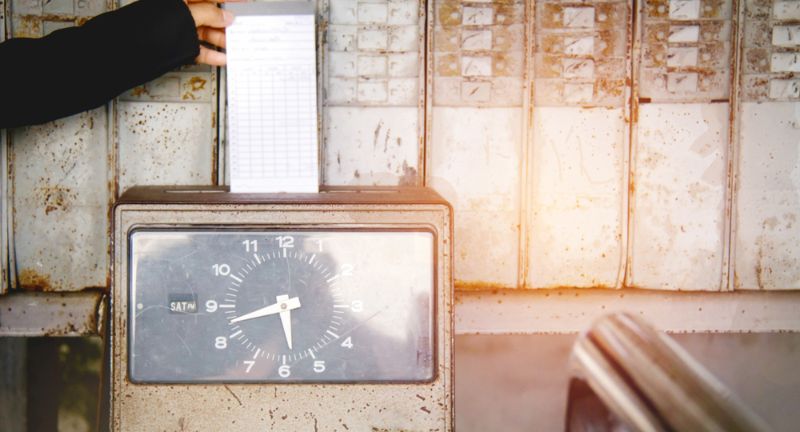
Shutterstock
Before digital systems, employees used physical time cards to clock in and out of work. These cards were inserted into a punch clock, which stamped the time. Modern technology has replaced this system with digital time-tracking software. Today, employees simply log in with a few clicks or swipes.
Handwritten Memos

Shutterstock
In the past, memos were carefully written by hand or typed on paper and delivered to desks. This time-consuming process has been replaced by instant communication tools like email and messaging apps. Handwritten memos are now a nostalgic memory of a slower-paced office life.
Smoking in the Office

Shutterstock
Decades ago, smoking at your desk was a common practice. Ashtrays were fixtures in conference rooms, and smoke-filled offices were the norm. Today, smoking is banned in most workplaces, and healthier habits are encouraged for employees.
Typing on Typewriters

Shutterstock
Before computers, typewriters were the primary tool for writing reports and documents. Mistakes required correction tape or starting over. Word processors and computers have made typing faster and more efficient, eliminating this once-necessary habit.
Faxing Documents
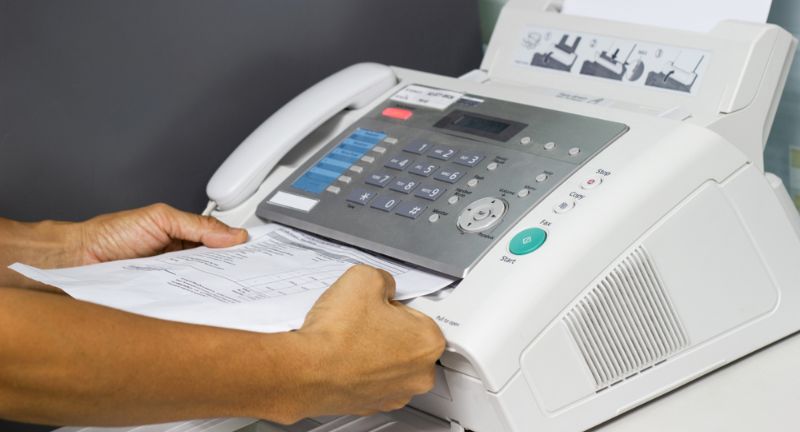
Shutterstock
The fax machine was once an essential office tool, allowing businesses to send documents over phone lines. Today, scanning and email attachments have rendered faxing virtually obsolete. It’s now rare to hear the screeching sound of a fax machine in action.
Strict 9-to-5 Schedules

Shutterstock
Rigid 9-to-5 schedules used to be the standard for office workers. Today, flexible schedules and remote work allow employees to work at their most productive hours. This shift reflects a growing focus on work-life balance and employee well-being.
Rolodexes for Contacts
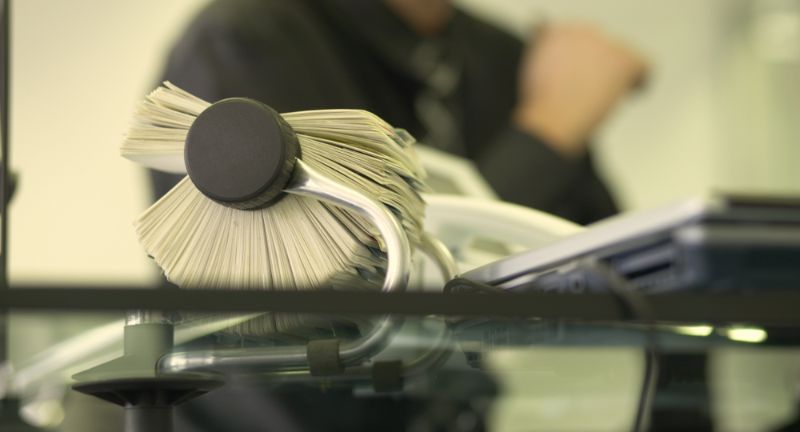
Shutterstock
The Rolodex, a spinning card file used to organize contacts, was once found on every desk. Digital address books and CRMs have now replaced these bulky organizers. Today, keeping contacts is as simple as saving them on a phone or computer.
Waiting in Line for the Photocopier
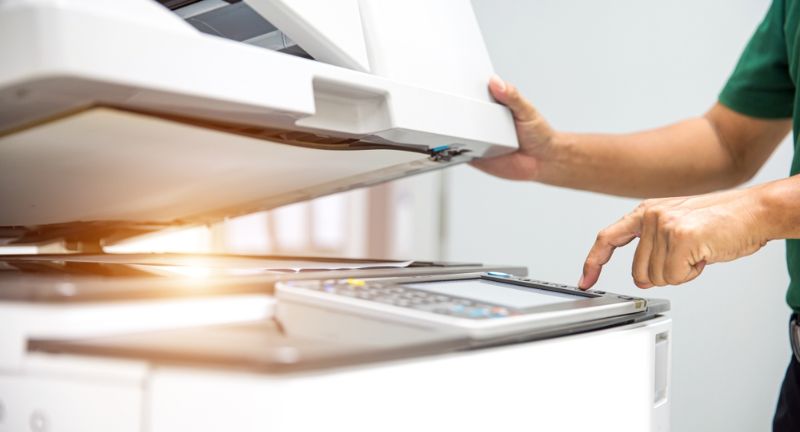
Shutterstock
Employees used to queue up at the office photocopier to make paper copies of documents. Digital sharing platforms like Google Drive and email have made physical copies largely unnecessary. This time-saving change has streamlined workflows.
Using Paper Maps for Business Travel
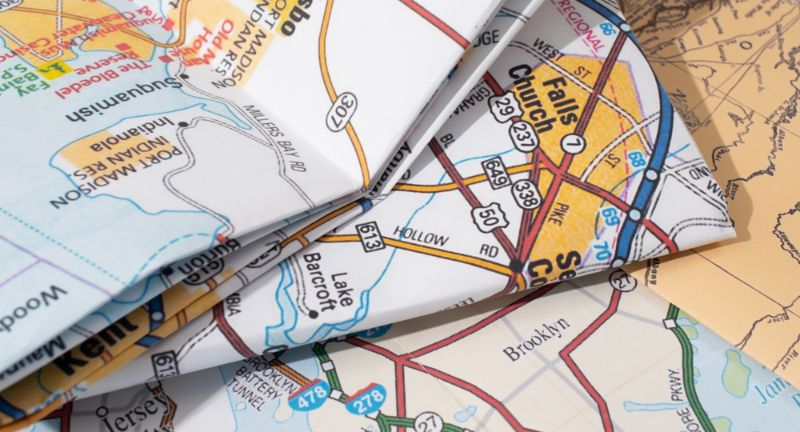
Shutterstock
Before GPS, professionals relied on paper maps for navigating to client meetings or conferences. Today, digital maps and smartphone navigation have made paper maps obsolete. Getting lost is far less common thanks to modern technology.
Wearing Formal Business Attire Daily

Shutterstock
Decades ago, strict dress codes required formal business attire, like suits and ties, every day. Modern workplaces have adopted more relaxed dress codes, emphasizing comfort and practicality. Business casual and remote work attire are now the norm.
Calling a Switchboard Operator
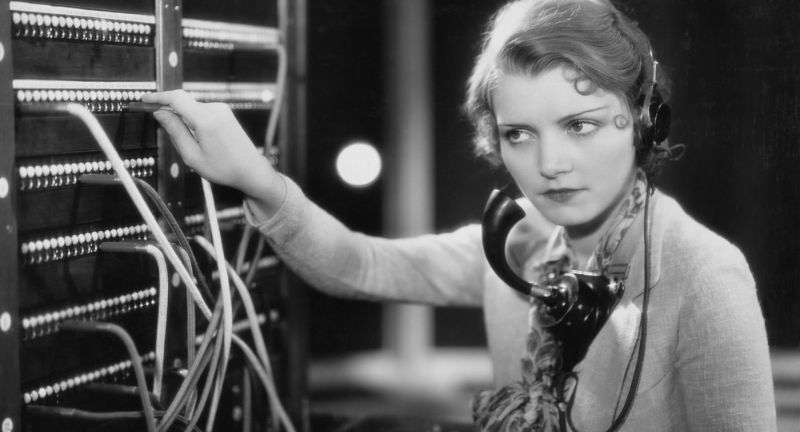
Shutterstock
In large companies, switchboard operators manually connected phone calls between departments. Automated phone systems and direct lines have eliminated the need for this role. Today, dialing someone is as simple as pressing a button.
Relying on File Cabinets
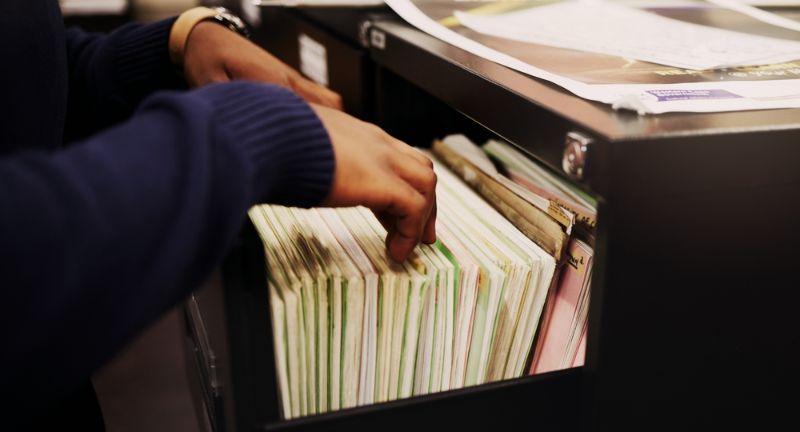
Shutterstock
File cabinets once filled entire office spaces, storing physical records and documents. Digital storage and cloud solutions have replaced these bulky systems. Files are now stored securely online, accessible at the click of a button.
Phone Books for Contact Searches
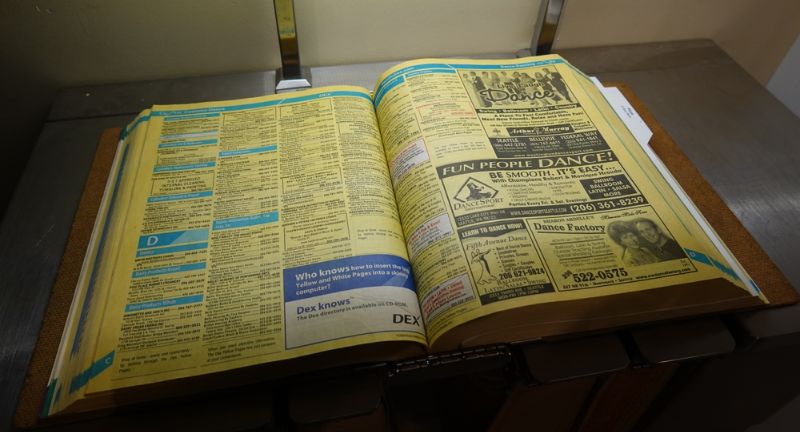
Shutterstock
Phone books were once the go-to source for finding contact information. Today, search engines and online directories have made physical phone books unnecessary. This change saves time and makes information far more accessible.
Relying on Landlines
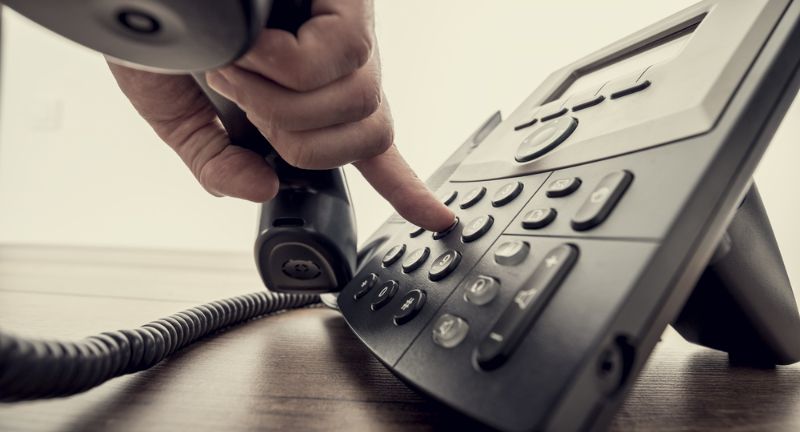
Shutterstock
Landlines were once the main communication method for offices. With the rise of mobile phones and virtual meetings, landlines have become nearly obsolete. Most employees now rely on personal devices for calls and messages.
Taking Dictation from a Boss
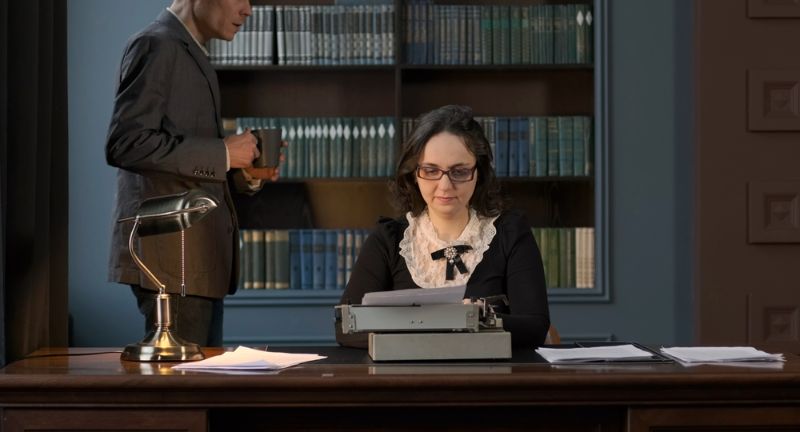
Shutterstock
Secretaries used to take dictation, writing down everything a boss said word-for-word to create documents or letters. Today, email, voice notes, and speech-to-text tools have made this task obsolete. Modern tools allow everyone to type or record messages instantly without relying on intermediaries.
Sending Letters via Snail Mail
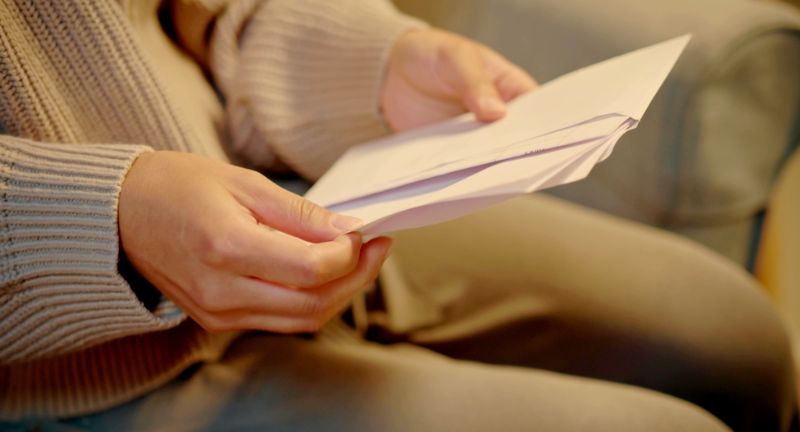
Shutterstock
Before email became the norm, businesses relied on postal mail to send invoices, proposals, and correspondence. This process was slow, expensive, and required planning ahead. Digital communication has now made instant messaging and file-sharing the standard, saving both time and resources.
Manual Data Entry
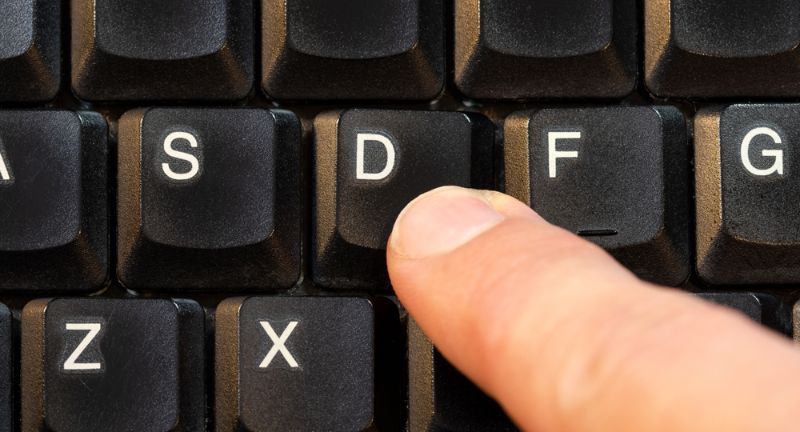
Shutterstock
Decades ago, employees spent hours manually inputting data into paper ledgers or early computer systems. Automation tools, scanners, and software now handle this process with minimal effort. This change has significantly reduced errors and improved efficiency in modern workplaces.
Storing Documents in Filing Rooms
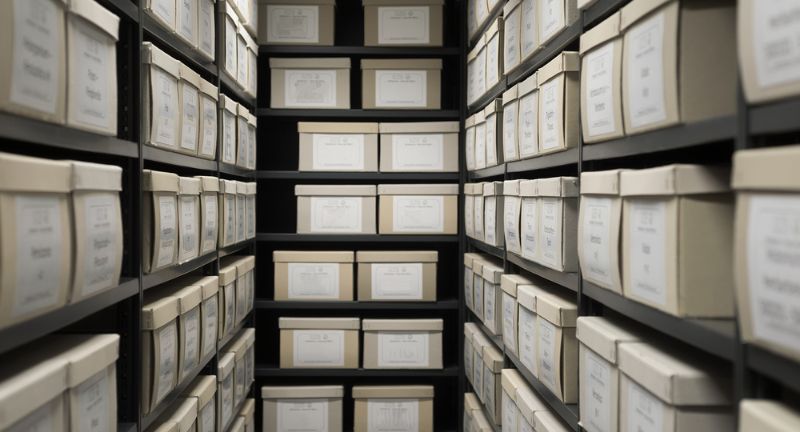
Shutterstock
Entire rooms filled with file cabinets and paper documents were once a staple in offices. Retrieving information meant digging through rows of files, often taking hours. Today, digital storage systems and searchable databases allow employees to access information instantly from anywhere.
Using Carbon Paper for Copies
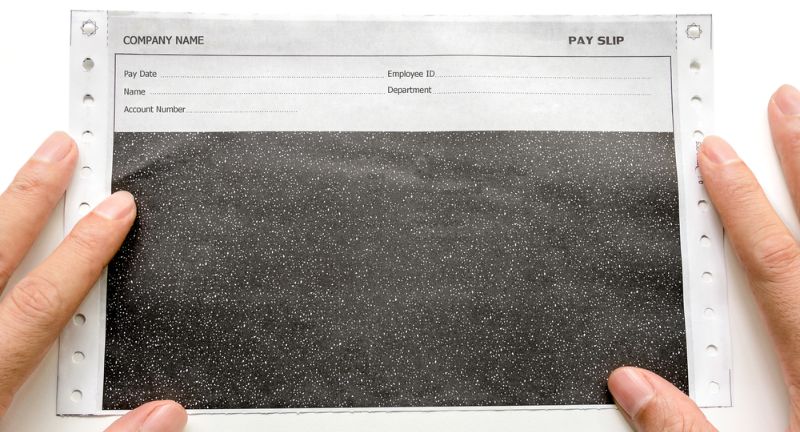
Shutterstock
Before photocopiers, carbon paper was placed between sheets to create duplicate documents while typing or writing. This messy and inefficient process has been replaced by printers, scanners, and digital files. Today, making copies is as simple as pressing a button.
Physical Paychecks

Shutterstock
Workers once received their wages in the form of physical checks that had to be cashed or deposited at a bank. Today, direct deposits and digital payroll systems have streamlined the process. Employees now get their earnings transferred securely and instantly into their accounts.
Answering Machines for Voicemails
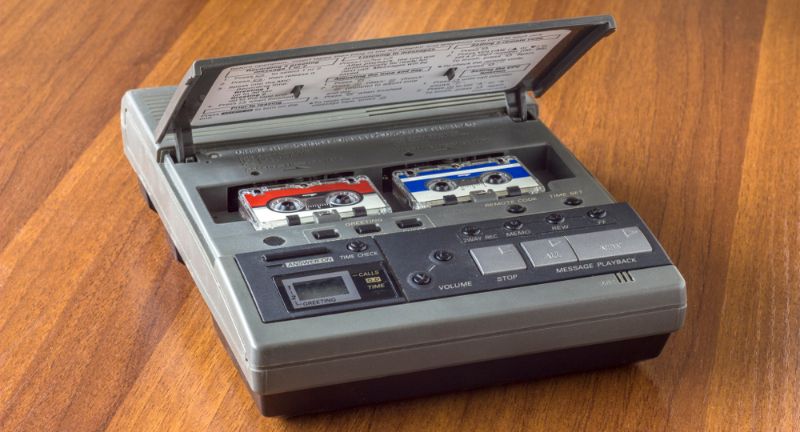
Shutterstock
Before smartphones, answering machines were used to record messages when someone missed a call. Checking these machines required being physically present. Modern voicemail systems, email notifications, and messaging apps have replaced this outdated method, making communication far more efficient.
Office Bulletin Boards
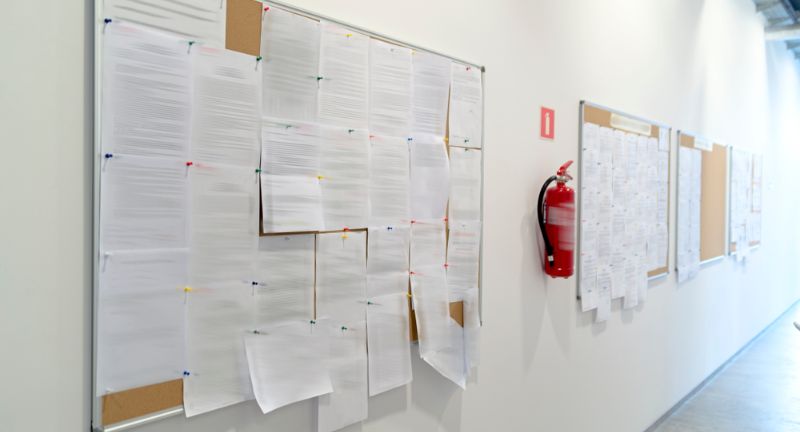
Shutterstock
Bulletin boards were once used to share announcements, schedules, and updates with employees. Today, digital communication platforms, emails, and intranets have made physical bulletin boards unnecessary. Important updates are now shared instantly and directly with employees through technology.
Conclusion
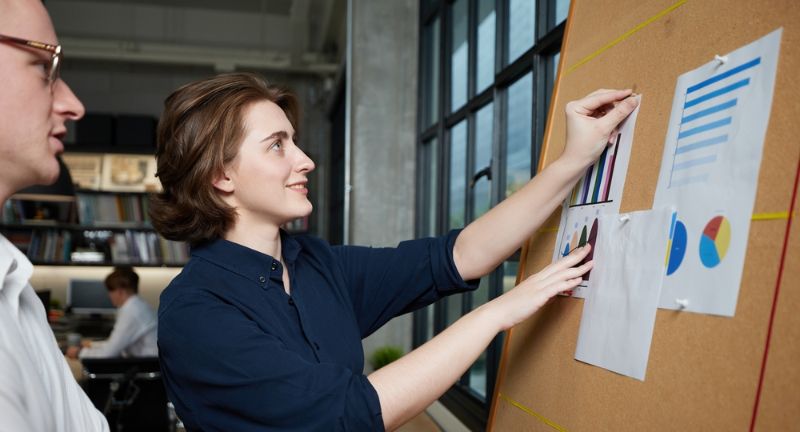
Shutterstock
Work habits have transformed dramatically over the decades, thanks to technology, cultural shifts, and changing expectations. While some extinct habits may evoke nostalgia, modern workplaces are faster, more efficient, and more adaptable than ever. Recognizing these changes shows how far we’ve come—and prepares us for the continued evolution of work in the future.
More From Local News X
-


20 Millennial Habits That Are Negatively Impacting The Economy
-


20 Things Millionaires Claim Are The Keys To A Great…
-


22 Popular Grocery Store Staples That You Can Save Money…
-


19 Milestones That Show How Successful You’ve Been In Life
-


20 Disrespectful Behaviors That Are Common Now, But Need To…
-


Teacher Takes His Students Through Active Shooter Lockdown Drill
-


More – The Sydney Opera House Flares to Light After…
-


Texas Middle School Teacher Shares the realities of being a…
-


The Top 15 Concealed Carry Handgun Options In 2024
-


20 Baby Boomer Values That Have Been Rejected Today
-


Large Wildfire Breaks Out in Napa County, California
-


21 Wildly Unhealthy American Grocery Store Items That Should Be…
